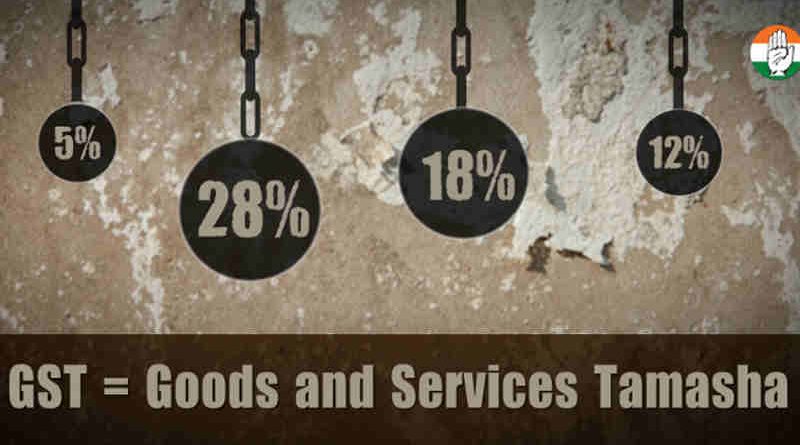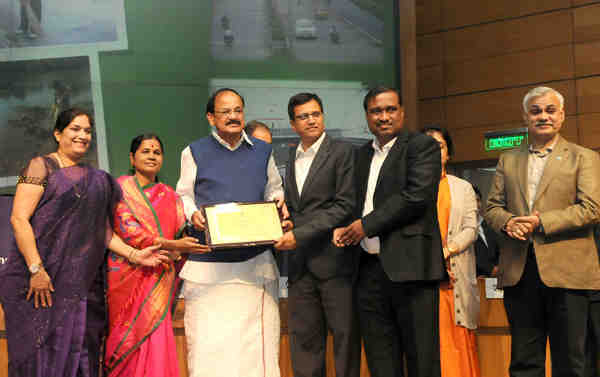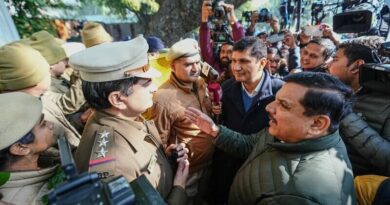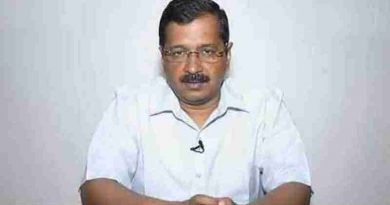How Goods and Services Tax GST Will Flop in India
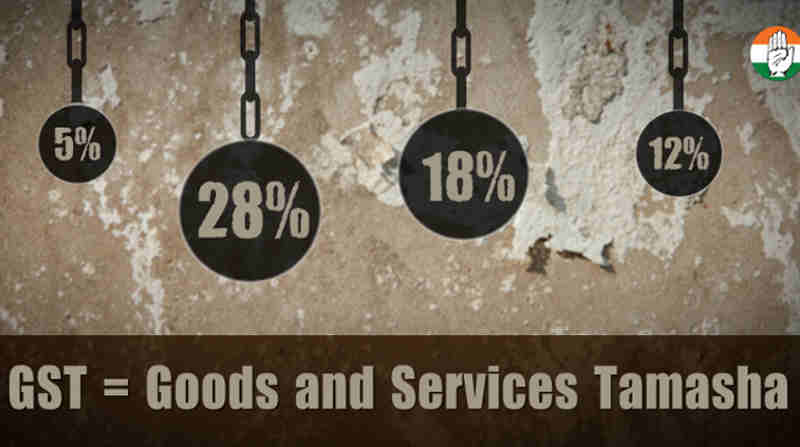
Tax is the money that ordinary citizens are forced to give to the government thieves who squander that money at will. ~ Rakesh Raman
Good and Simple Tax – that is how the Indian Prime Minister (PM) Narendra Modi and his Finance Minister, Arun Jaitley, describe the new Goods and Services Tax (GST).
Criticizing the GST, the opposition party Congress said Friday that Modi’s BJP Government has a penchant for catchy slogans, taglines and acronyms, but regrettably that is where their cleverness in public policy ends.
Devoid of any originality, they often turn to old UPA schemes to paint their government with some modicum of credibility. The GST is a clear example of this, Congress stated.
“Narendra Modi was one of the most vocal opponents of the GST when he was the Chief Minister of Gujarat, yet after becoming Prime Minister, he did a volte-face. In his desire to emulate the UPA’s vision, he seems to have missed the mark,” Congress said in its statement.
However, BJP claims that the GST was conceptualized by a committee for tax reforms set up by BJP’s former PM Atal Bihari Vajpayee in 2003. “Alhough Congress which came to power in 2004 persuaded it at Centre but in production-oriented states its own or ally state governments delayed it,” BJP stated.
[ Air India Ex-Staffer Sampathkumar Obstructs CVC Corruption Inquiry ]
Congress counters: What was forgotten by Modi was that the GST was envisaged as a ‘Single Rate of Tax’. As explained by former Union Finance Minister P. Chidambaram, “A ‘single’ GST rate means a Standard rate as well as a Standard plus rate (on demerit goods) and a Standard minus rate (on merit goods). Some goods and services will also be totally exempt”.
What the BJP implemented is a mockery of this. We have multiple rates like 0.25%, 3%, 5%, 12%, 18%, 28% and 40%, and possibly more because of the discretion vested with state governments, Congress said.
[ RMN Foundation Launches Education Awareness Campaign in Delhi ]
The UPA Government would have capped the rate at 18%, incidentally a similar rate was suggested by the Modi Government’s own Chief Economic Advisor, who recommended a rate of 15.5%.
Congress further explains the flaws in GST. As the Government’s midnight ‘Tamasha’ was all set to begin, small traders across the nation were protesting the manner in which GST was being rolled out. The confusion around GST has even extended to government departments.
For instance, tenders worth around Rs. 200 crore have been stuck in the Jaipur Municipal Corporation (JMC) as neither JMC officials nor contractors know exactly what GST rate would be applicable on tender bills.
[ Humanitarian Crisis Persists at DPS Housing Society in Delhi ]
In the Prime Minister’s home state of Gujarat, protesting traders were lathi-charged by the police. There were protests in Delhi as well, with Chartered Accountants agitating outside ICAI Bhawan. The software, which will be used to ensure smooth functioning of GST has not been tested. All of this adds to the confusion across the country. But what we have at the helm is an uncaring government that is not willing, or maybe even able, to explain the processes around GST.
The lack of preparation around the roll out of GST seems very similar to Modi’s demonetisation decision. It is not well planned, infrastructure has not been placed for it and it will cause untold misery to the common man, Congress warned.
Photo courtesy: Congress

